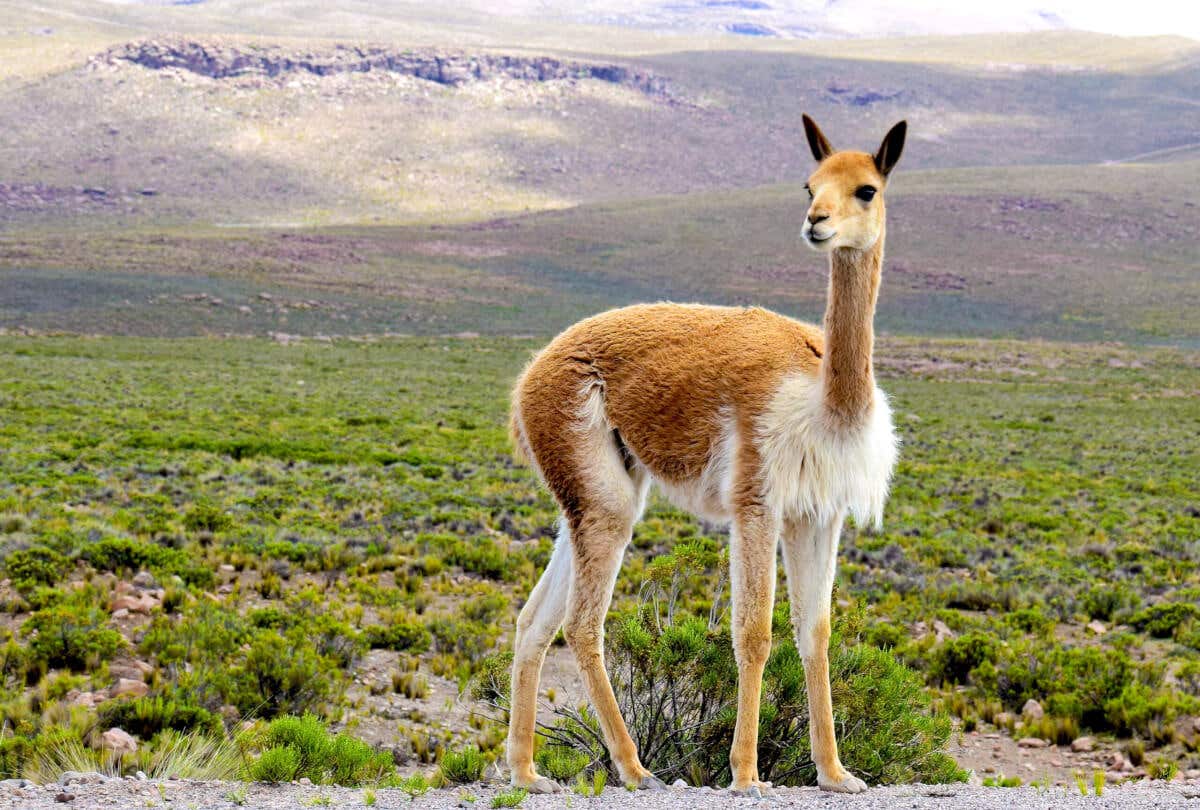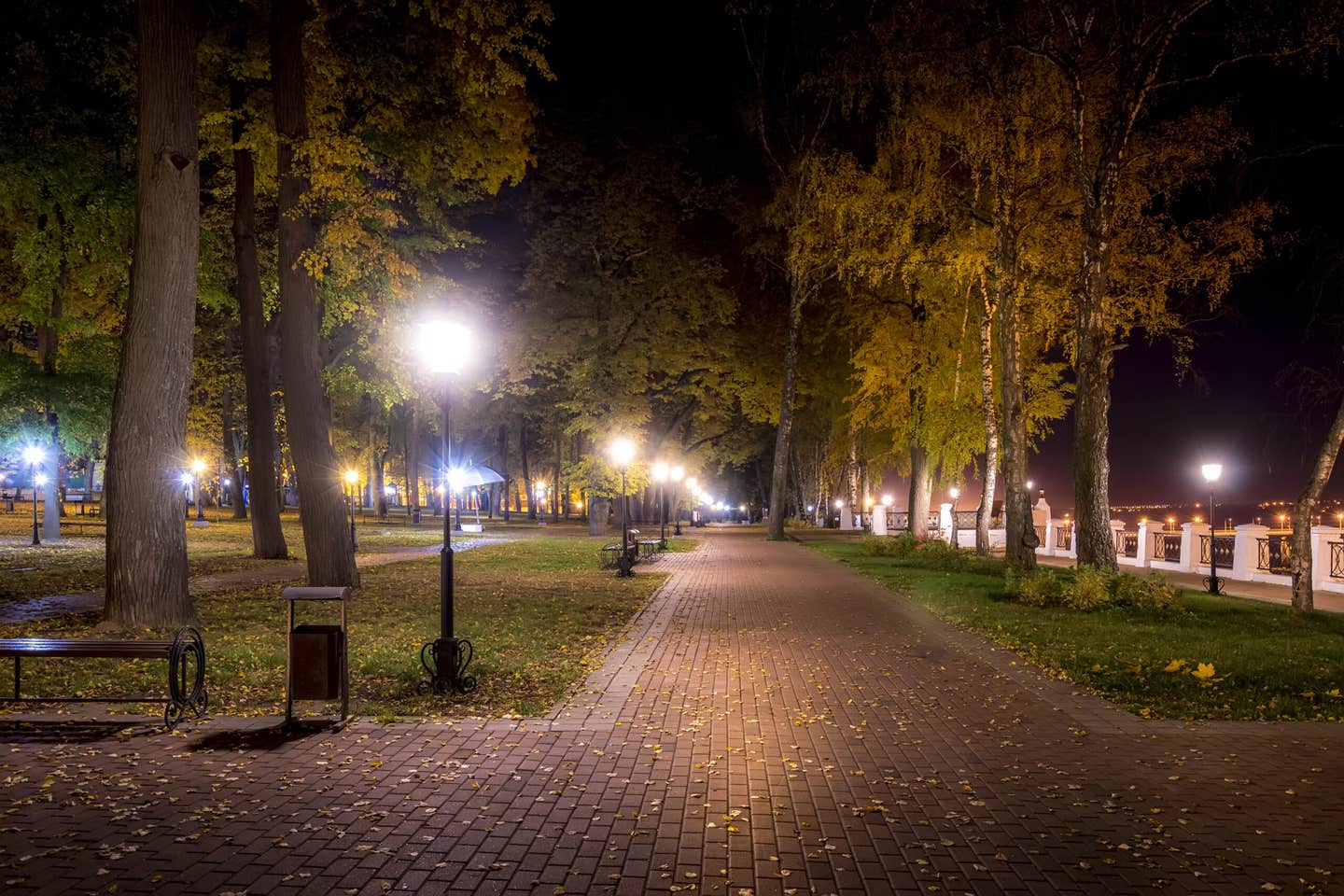Andes wildlife is replanting the Earth – one dung pile at a time
In the Andes, wild camelids use dung to speed up ecosystem recovery by over 100 years, creating life from glacial emptiness.

Vicuñas boost plant growth in barren glacial zones with dung, accelerating recovery by over a century in the high Andes. (CREDIT: Wirestock Creators / Shutterstock)
High up in the mountains, in a rocky world left behind by melting glaciers, life finds an unlikely jumpstart—thanks to poop.
At nearly 18,000 feet in the Peruvian Andes, wild camelids called vicuñas have taken on a surprising role. By using shared dung piles, they help restore ecosystems in places where glaciers have recently disappeared. These latrines don’t just mark territory—they’re building blocks for new life in barren lands.
Scientists from the University of Colorado in Boulder studying this odd connection found something remarkable: where there’s vicuña poop, there’s life. Soil near these dung piles bursts with nutrients, moisture, microbes, and plants, while nearby ground remains dry, dusty, and empty. This animal behavior could speed up plant colonization by over a century, offering a critical boost in the race against climate change.
From Glacier to Grassland
As global temperatures rise, glaciers are retreating faster than ever before. In high mountain areas like the Andes, melting ice exposes huge stretches of lifeless terrain. These bare zones often stay empty for decades, sometimes even centuries. The land is rocky, nutrient-poor, and frozen most nights. Very few organisms can survive, let alone thrive.
But over the last ten years, researchers hiking through Peru’s Cordillera Vilcanota range noticed something unusual. In the middle of these cold, barren areas, patches of green were sprouting. And at the center of each patch? A pile of feces left by vicuñas.
Vicuñas are relatives of alpacas and llamas. Unlike their domesticated cousins, these animals roam freely in the Andes. They’re social, and like humans, they share bathrooms—or in their case, latrines. Groups return to the same spots again and again to poop. Over time, this creates small but rich nutrient hotspots in a desert of rock.
“It’s interesting to see how a social behavior of these animals can transfer nutrients to a new ecosystem that is very nutrient poor,” said Cliff Bueno de Mesquita, a research scientist and co-author of the study.
Building Better Soil
The study, published in Scientific Reports, revealed how these latrines transform the soil. The team compared soil samples from vicuña latrines with nearby glacial soils untouched by animals. What they found was staggering.
Related Stories
Soils altered by vicuñas had 62% organic matter. Just a few feet away, glacial soil exposed for 85 years held only 1.5% organic matter. In those untouched areas, plant cover, nitrogen, and moisture were nearly zero. But dung-treated soils showed more than ten times those levels.
That’s not all. The latrine soils also contained nearly 40 times more DNA than the nearby ground—23 micrograms per gram of soil compared to just 0.6. That DNA came from a thriving mix of bacteria, fungi, and other tiny organisms. The diversity of these microbes was also much higher in the dung-rich patches.
“It's really hard for things to live, but that organic matter made it so that temperatures and moisture levels didn't fluctuate nearly as much,” explained senior author Steven Schmidt. “The latrines created a different microclimate than the surrounding area.”
This new microclimate protected seeds and microbes, allowing early plants to grow. In turn, these plants attracted more animals—birds, herbivores, and even big predators like pumas. The chain reaction set in motion by dung is turning lifeless moraine into a future grassland.
Shortcuts Through Time
Primary succession—the slow process of life returning to a newly exposed surface—usually takes more than 100 years. In the harshest mountain conditions, it can take far longer. But thanks to nutrient transport by vicuñas, this timeline shortens dramatically.
Latrines do more than just enrich soil. They bring seeds from lower elevations, dropped into the dung as the animals digest their meals. These seeds then germinate in the moist, nutrient-rich soil. As plants grow, they attract insects and grazing animals, further feeding the developing ecosystem.
Camera traps at latrine sites captured rare animals never seen at such high elevations before. Some of them were attracted by the new plant growth. Others may have followed prey. Even the vicuñas come back to nibble the greenery around their latrines.
Working with animal ecologist Kelsey Reider, the team hiked through the glacier forefields to collect samples. Their study shows how animal behavior can act as a shortcut, skipping past long stages of ecological development. These findings challenge older ideas that life must wait hundreds of years to return to post-glacial zones.
A Race Against Melting Ice
Still, despite the help from animals like vicuñas, the pace of nature’s recovery lags far behind the speed of glacier melt.
Between 2000 and 2019, mountain glaciers across the world lost about 267 billion tons of ice each year, not counting the Greenland and Antarctic ice sheets. One study predicts Earth could lose 68% of its glaciers if warming continues.
This change threatens water supplies for nearly two billion people. Many communities depend on snow and glacier melt for fresh water. As glaciers shrink, they not only reduce water flow but also disrupt ecosystems and species that rely on cold environments.
In mountain ranges around the world—from the Andes to the Rockies—glacier loss affects everything from farming to fishing. And even with help from nature, many species may not move fast enough to escape the heat.
“The vicuñas are probably helping some alpine organisms, but we can’t assume they’ll all be okay,” said Bueno de Mesquita. “In Earth’s history, we’ve never seen climate change happen at this speed.”
He warns that current human-driven warming may be the most extreme challenge to life on Earth in 65 million years. Natural shortcuts like nutrient transport can help, but they won’t be enough without action to slow the warming.
Wild Helpers in an Uncertain Future
This discovery sheds light on an unexpected solution in a warming world. Instead of technology or intervention, it’s the quiet habits of a wild animal that might help ecosystems rebuild.
Vicuñas, through their simple social routines, help heal broken ground. Their dung spreads seeds, feeds microbes, and grows plants in places where almost nothing else survives. In doing so, they create tiny islands of life in a growing sea of bare rock.
These islands may become the starting points for entire new habitats. As more plants and animals move in, a thriving ecosystem could one day replace the vanished glacier. And it all begins with a pile of poop.
But to protect this process, and the animals driving it, we must also protect the mountains themselves. That means cutting emissions, supporting conservation, and paying attention to how even the smallest behaviors in nature can shape the future.
Note: The article above provided above by The Brighter Side of News.
Like these kind of feel good stories? Get The Brighter Side of News' newsletter.



